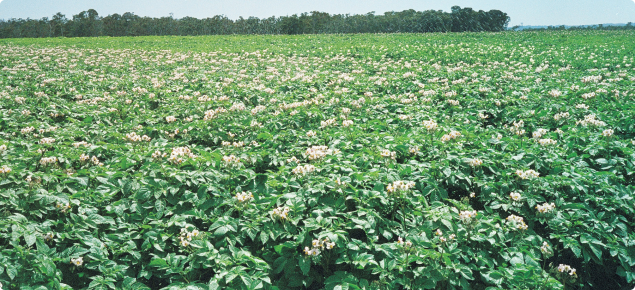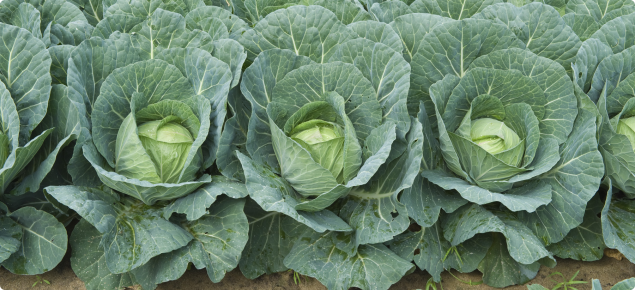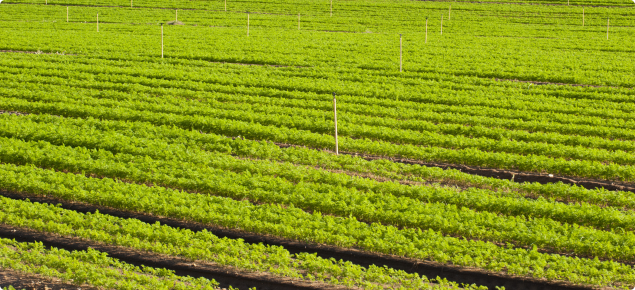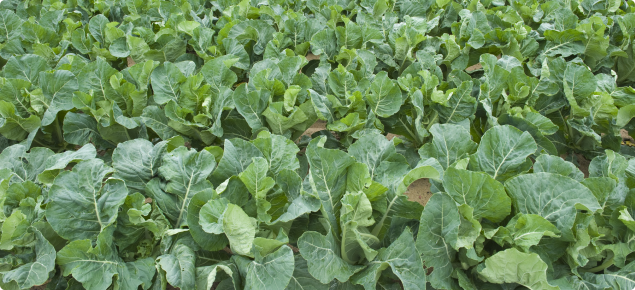The secret to success as a vegetable grower is high yield and high price achieved through high quality. Failure to implement best practice nutrition programs can lead to poor returns.
Costs and returns
Growers strive for 100% of potential yield because the price of vegetables is relatively high compared with most other field crops. However, an extra dollar spent on fertiliser does not always give an extra dollar in return.
The extra fertiliser required to achieve the last 5% in crop yield can double your fertiliser bill. Most of that extra fertiliser is not efficiently used by the crop and can pollute groundwater, lakes and streams.
Good fertiliser management is about balancing costs and returns so that the balance comes out in your favour. The best strategy is often one that produces a little less than maximum yield but gives a high dollar return for the nutrient inputs.
You need to know where this ‘point of diminishing return’ is for your crop and factor it into your planning.




